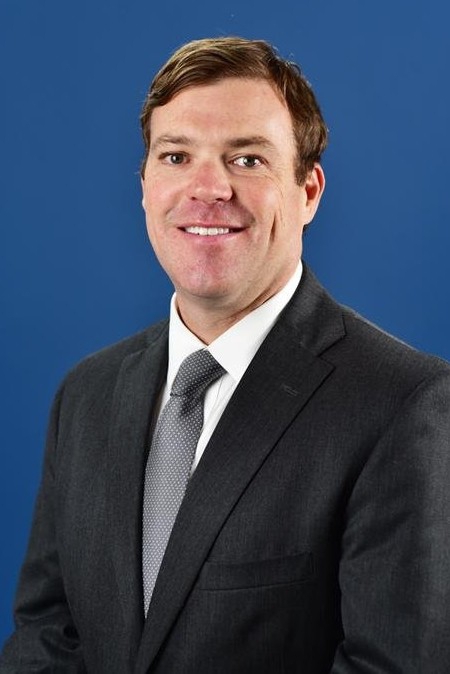Every year across America the police chase tens of thousands of people. According to a USA Today article earlier this year, more than 5,000 bystanders and passengers have been killed in police car chases since 1979, with many thousands more injured. This has occurred as officers repeatedly pursued drivers at high speeds and under dangerous conditions—often for minor infractions. According to the analysis, which covers pursuit-related accidents from 1979 through 2013, many of those killed are passengers in those cars chased by police, but almost half are innocent bystanders killed in their own cars after being crashed into by a fleeing driver.
Many of these chases were triggered by minor infractions. For example, data from California’s 63,500 chases from 2002 through 2014 revealed that only 5% of those incidents were attempts to stop someone suspected of violent crimes. The vast majority were for vehicle-code violations, such as speeding, vehicle theft, or missing license plates.
What Happens When Law Enforcement Officers Are in the Wrong?
There is no question the police have a tough job, and their efforts to protect and serve help keep us all safer. Those who support police chases point out that the police often don’t know if the person in the car is just speeding, or if he has just committed a felony. Police often suspect fleeing drivers are wanted for a serious offense. Some maintain chasing the fleeing driver maintains law and order, and if criminals think they can simply take off every time an officer turns on the blue lights, then more and more crimes will happen.
At the same time, though, it’s clear that current “hot pursuit” practices expose the public to needless danger. One issue is police training. According to one 2006 Justice Department report, only 40 hours of driving training was given to the average police trainee—with only a portion of this covering chases.
Striking a New Balance
How do we balance the need to detain criminals against the need to protect the public safety?
- First, the police need more training as to how to handle chases.
- Next, law enforcement agencies need to limit pursuits. Some cities have instituted policies that limit chases to those fleeing drivers suspected of felonies. They seek to restrict the chases to suspected felons—those fleeing drivers who present a clear and imminent threat to the public safety. In many of these cities where restrictions have been put into place, the number of chases and related injuries have declined, with no overall increase in the crime rate. In some of the cities, the crime rate has even declined.
- We should also turn to increased technology. One option is using special equipment that has been developed to help track and capture fleeing drivers. One company has created a launcher to be mounted in the front grill of police cars which actually shoots a GPS tag device toward the fleeing car. The relatively small tag sticks to the car and transmits coordinates, allowing the pursuing officer to back off the high speed chase—but without losing track of the fleeing vehicle.
Of course, increased training and increased technology costs money, but we should all be willing to sacrifice in order to protect public safety…and the public interest. At the end of the day one of the primary purposes of government is to protect the people, and that includes protecting innocent bystanders from unnecessary police pursuit accidents.
Have you or a family member been injured during a police chase? Have you lost a loved one as a result of a police pursuit accident? We urge you to discuss your experience with the attorneys of Holland & Usry. You can reach our office toll-free at 888.230.1841 for a free, confidential consultation.


